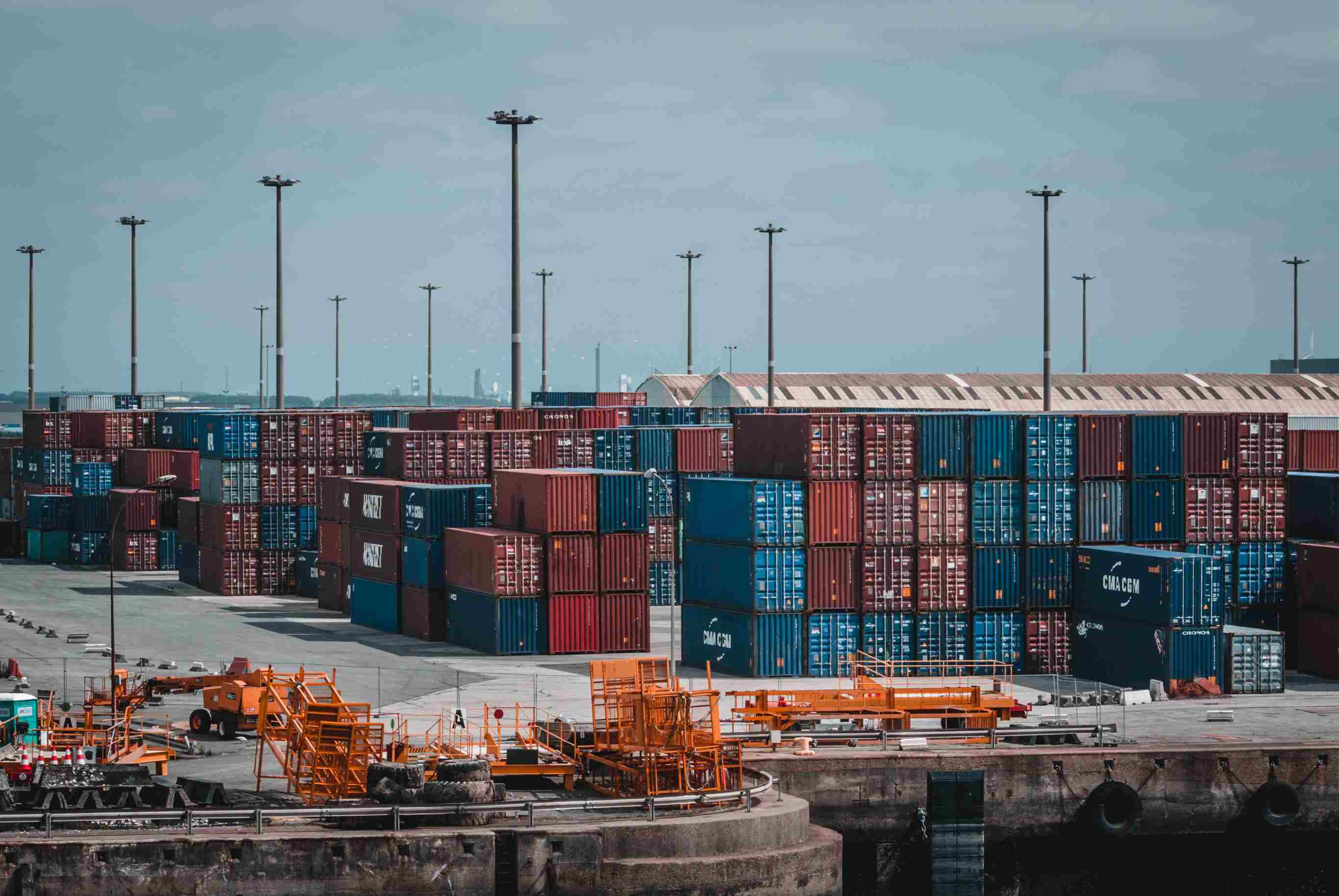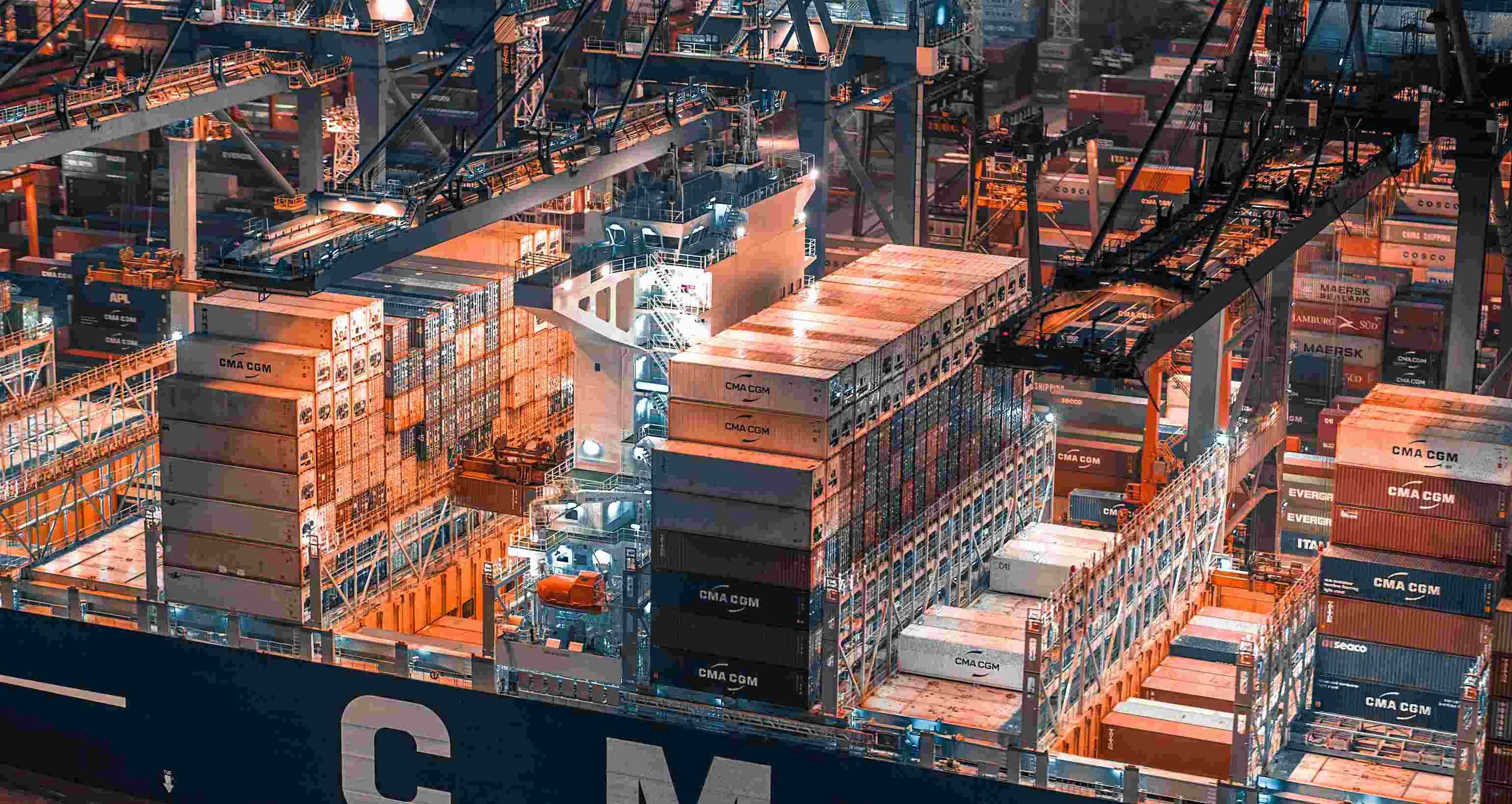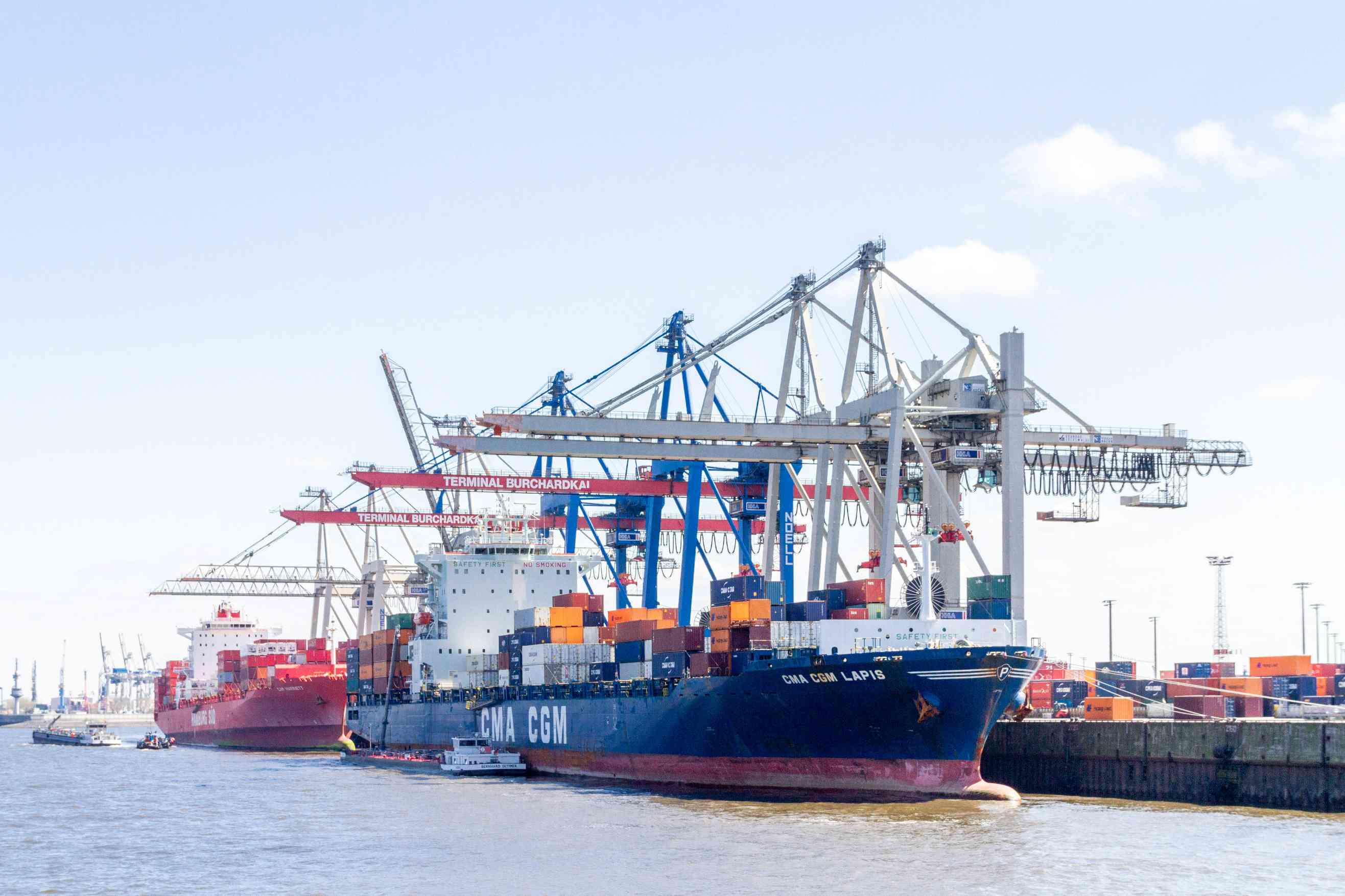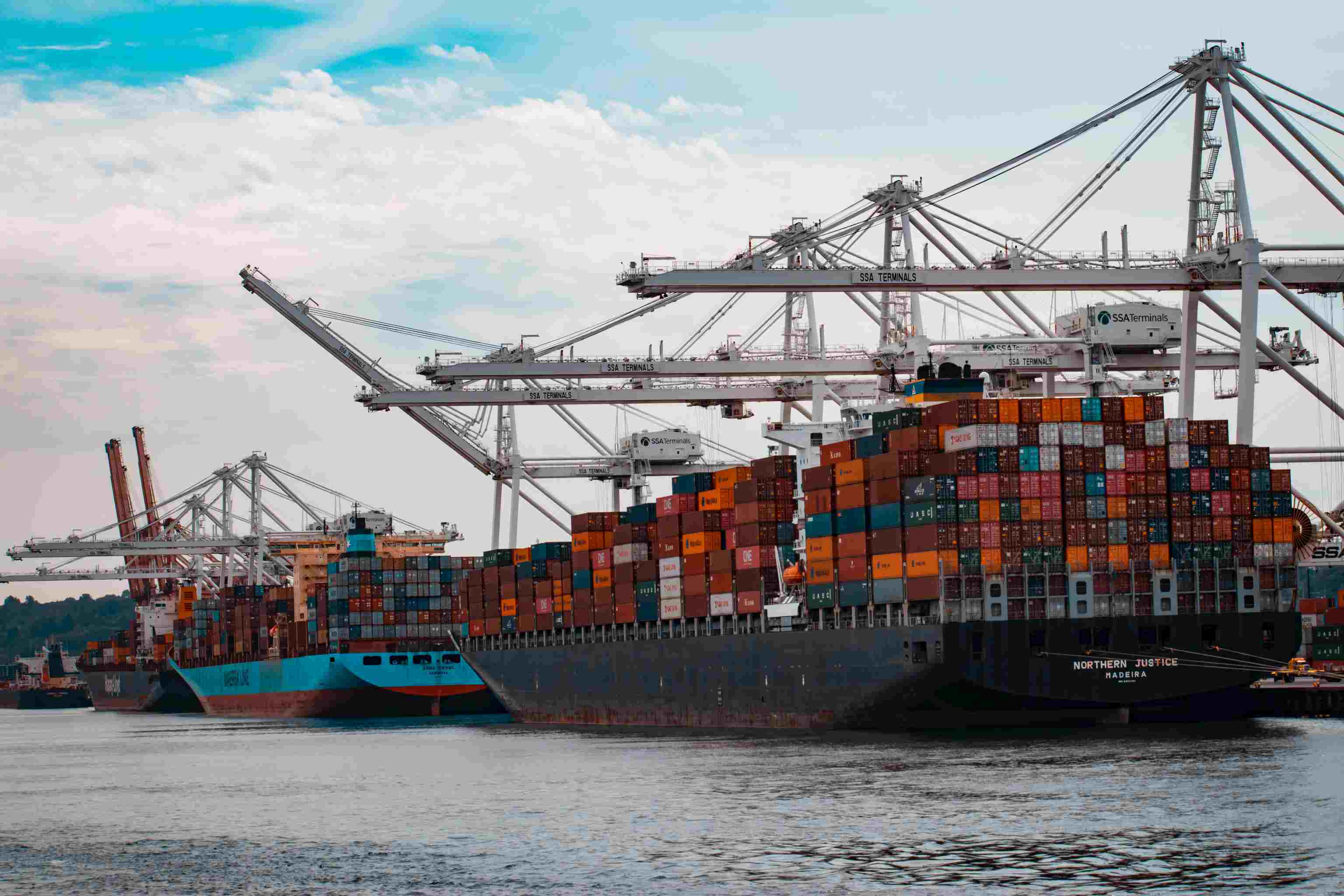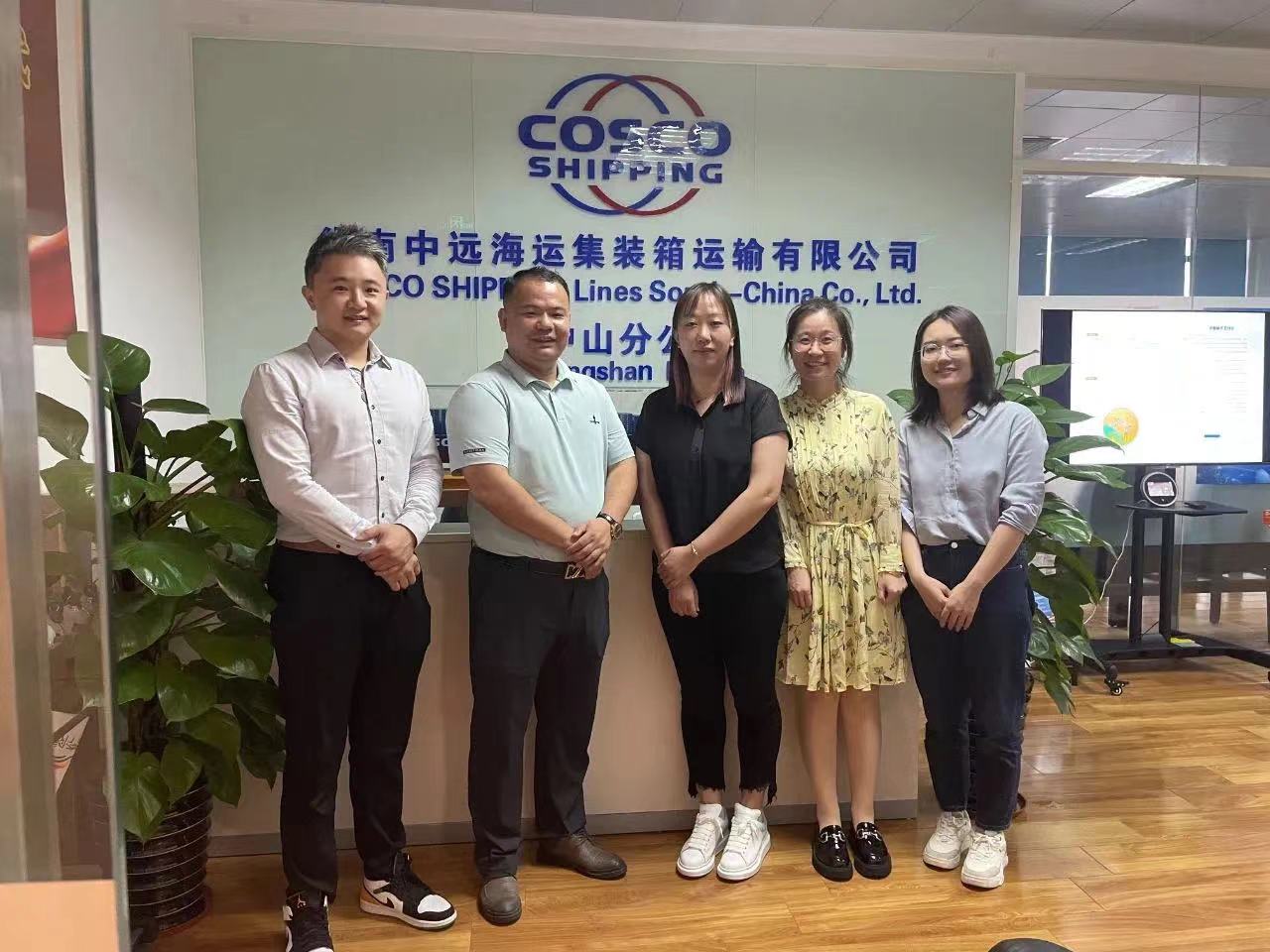The 7 Major Stages of International Shipping
1. Export Haulage
The first step in international shipping is export haulage, which involves the transfer of goods from the shipper to the freight forwarder's premises. For smaller shipments, the freight forwarder will choose to transport the goods to an export consolidation center or origin warehouse and wait for centralized haulage. And the export haulage is usually selected for the road (by truck), rail, or combination transport. If it is agreed that the shipper is responsible for this part of the transport, it is usually arranged by the local transport company.2. Export Customs Declaration
For every shipment about to leave the country, the relevant procedures are carried out to meet the regulatory requirements. Customs declaration is a process of formulating declarations and submitting the required documents to customs. And this can only be performed by a company, also known as a customs broker, that is qualified and recognized by customs.Export declarations also can be made by a freight forwarder qualified in customs declaration or by a customs broker appointed directly by the shipper. And the customs agent is not necessarily involved in any other part of the ocean freight process. The export declaration must be completed before the goods leave the country of origin and, more often, before entering the freight forwarder's origin warehouse.
3. Origin Handling
Origin handling includes all inspection and physical handling activities, from receiving the goods at the origin warehouse to loading them onto the ship.Although there is a lot of work involved, it is all coordinated by the freight forwarder. Simply put, when the freight forwarder receives the cargo, they inspect the goods (sorting), plan the loading, consolidate with other cargo, load the container, and transport them to the export port, where it is loaded onto the ship. And the costs incurred in these processes are paid by the shipper or consignee.
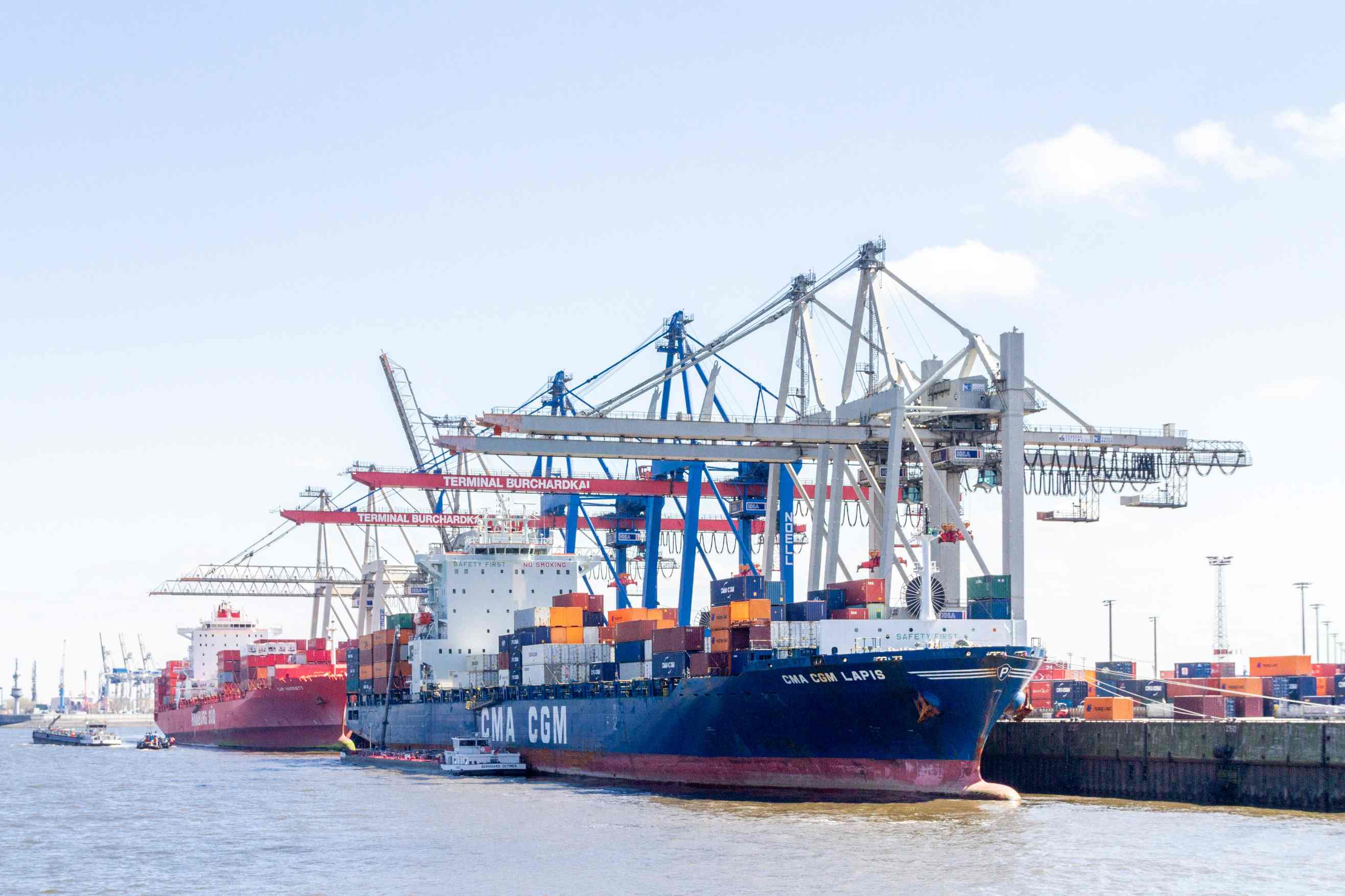
4. Ocean Freight
In this segment, the contract of container transportation is signed between the freight forwarder and the shipping company. In this case, the shipper or consignee is unable to obtain direct contact with the shipping company. As for ocean freight charges, which include various surcharges such as fuel surcharge, currency devaluation surcharge, etc., all are borne by the shipper or consignee.5. Import Customs Clearance
Import customs clearance usually starts before the goods arrive at the destination country. Import clearance is handled by the customs broker appointed by the freight forwarder or consignee, making a declaration form, and together with the relevant documents to the local customs declaration, for the customs regulations of the procedures. Generally speaking, the import clearance procedure must be completed before the goods leave the bonded area of the destination country.6. Destination Handling
The cargo also needs to be handled in the destination country before being released to the consignee. Destination handling involves transferring containers from the ship to the shore and then from the port to the warehouse in the destination country.It also includes unloading the container and preparing the cargo so that the consignee can easily pick up the goods. Please note that, in general, all charges must be paid before receiving. And as for the party paying the charges, it can be either the shipper or the consignee.
